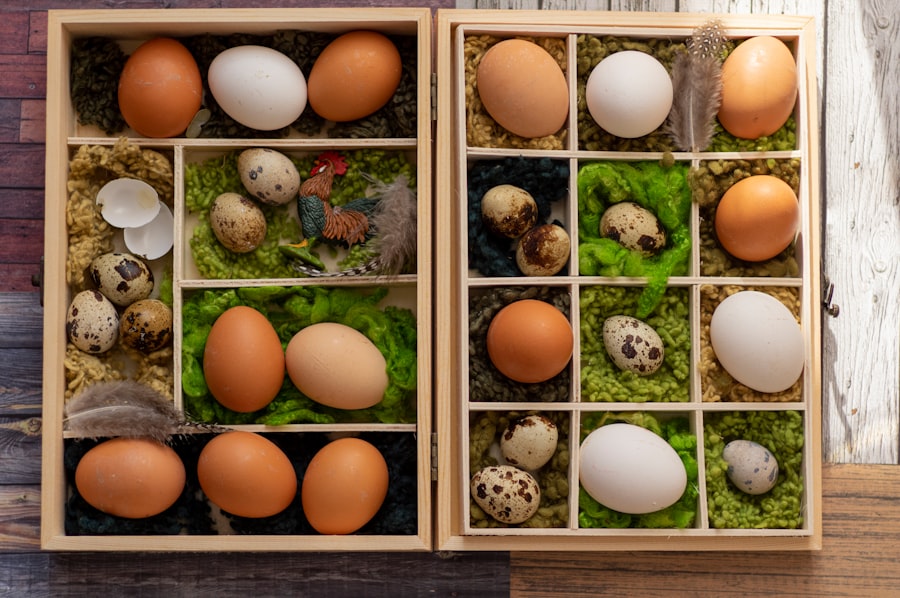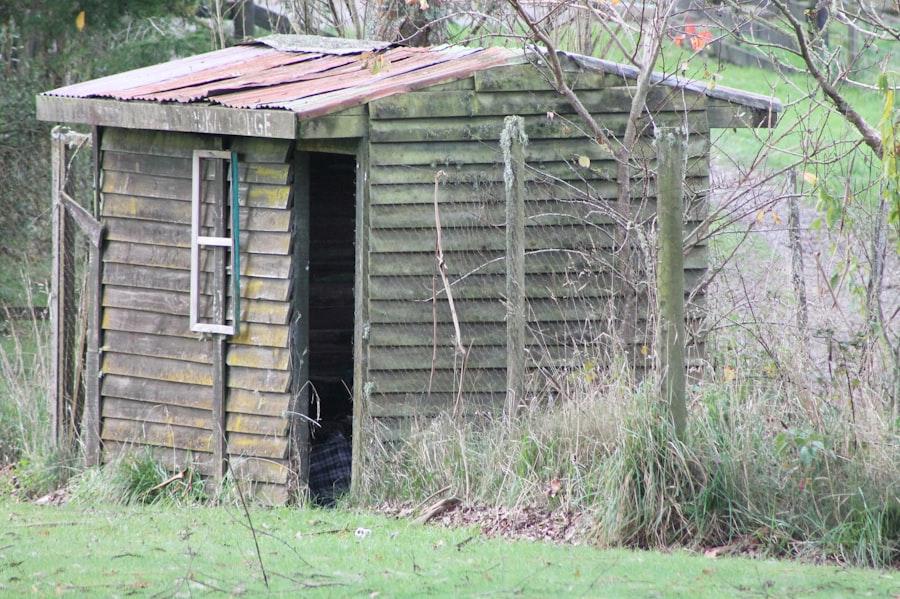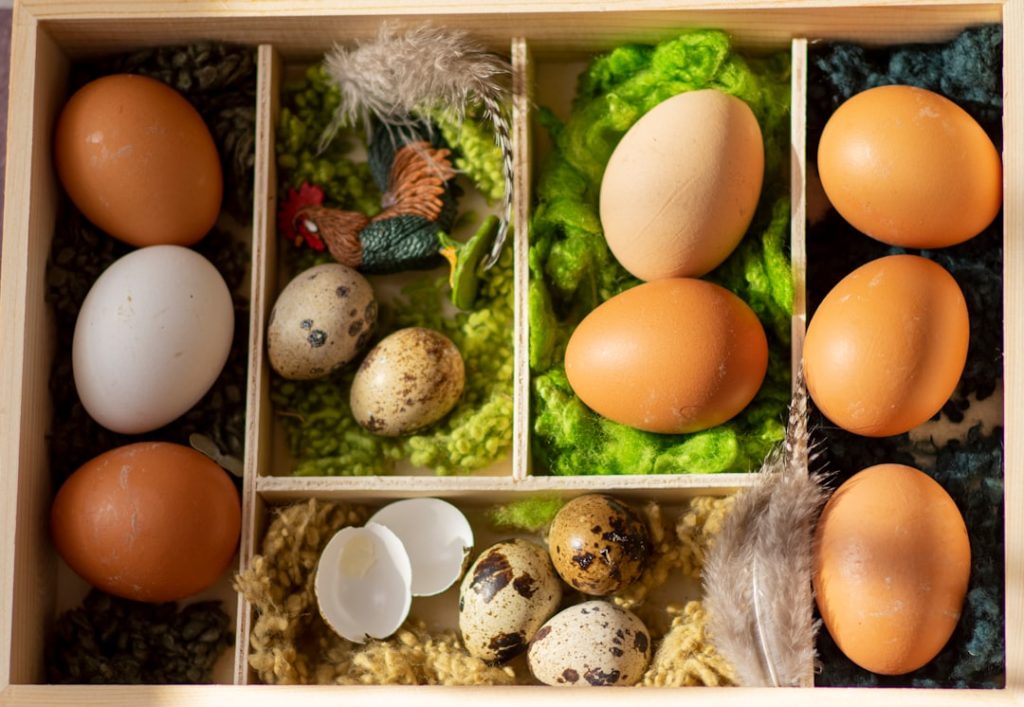Pecking behavior in chickens is a significant concern in poultry farming, with potential impacts on both animal welfare and production efficiency. This behavior can be classified into two distinct types: gentle pecking, which is a normal part of social interaction among chickens, and aggressive pecking, which can result in serious injuries and fatalities. Aggressive pecking can be triggered by various environmental and management factors, including high stocking densities, lack of environmental enrichment, elevated stress levels, and nutritional deficiencies.
The consequences of aggressive pecking can be severe, manifesting in several forms such as feather pecking, cannibalism, and vent pecking. These behaviors can cause substantial harm to the affected birds, leading to pain, distress, and increased susceptibility to infections. From an economic perspective, pecking-related issues can result in significant losses for poultry producers.
These losses are primarily due to reduced egg production, higher mortality rates, and the necessity for implementing costly interventions to mitigate the problem. To address pecking behavior, poultry farmers may need to implement various management strategies, including environmental enrichment, optimized nutrition, and genetic selection for less aggressive birds. Additionally, maintaining appropriate stocking densities and minimizing stressors in the poultry house can help reduce the incidence of aggressive pecking.
Proper management of pecking behavior is crucial for maintaining both the welfare of the birds and the economic viability of poultry operations.
Table of Contents
- 1 The concept and design of chicken spectacles
- 2 Benefits of using spectacles for chickens
- 3 How to properly fit and use spectacles on chickens
- 4 Potential drawbacks and concerns of using spectacles on chickens
- 5 Alternatives to using spectacles for pecking in chickens
- 6 Conclusion and future developments in chicken welfare and management
- 7 FAQs
Key Takeaways
- Pecking in chickens is a common issue that can lead to injury and even death within flocks.
- Chicken spectacles are small, plastic devices that are designed to limit a chicken’s field of vision, reducing the ability to peck at other birds.
- Using spectacles can help reduce pecking-related injuries and mortality within chicken flocks.
- Proper fitting and regular monitoring of spectacles is essential to ensure they are not causing discomfort or hindering the chicken’s ability to feed and drink.
- Potential drawbacks of using spectacles include the need for regular maintenance and the possibility of social stress within the flock.
- Alternatives to using spectacles include beak trimming, environmental enrichment, and addressing underlying causes of pecking behavior.
- Continued research and development in chicken welfare and management will lead to improved strategies for addressing pecking behavior and promoting overall flock health.
The concept and design of chicken spectacles
Design and Comfort
Chicken spectacles come in various designs, including ones with colored lenses or patterns. They are typically made from lightweight, durable materials to ensure the comfort and safety of the birds. These spectacles are designed to be non-invasive and do not cause any pain or discomfort to the birds when properly fitted.
A Humane Alternative
Chicken spectacles offer a humane alternative to other interventions such as beak trimming or debeaking, which can cause pain and distress to the birds. They provide a gentle and effective solution to addressing aggressive pecking behavior, making them a popular choice among poultry farmers and backyard chicken keepers.
Effective Management Tool
The use of chicken spectacles has gained popularity as a management tool for addressing aggressive pecking in poultry flocks, particularly in free-range and backyard settings. By reducing aggressive behavior, chicken spectacles help create a more peaceful and harmonious environment for the birds, allowing them to thrive and live healthier lives.
Benefits of using spectacles for chickens

The use of chicken spectacles offers several benefits for both the welfare of the birds and the management of poultry flocks. By limiting the field of vision of the birds, chicken spectacles can help reduce aggressive pecking behavior, thereby preventing injuries and mortality among the flock. This can lead to improved welfare outcomes for the birds and reduce the need for more invasive interventions such as beak trimming or debeaking, which can cause pain and distress.
In addition to welfare benefits, chicken spectacles can also have positive implications for the productivity and profitability of poultry farming operations. By reducing aggressive pecking behavior, chicken spectacles can help maintain feather quality, reduce cannibalism, and minimize the spread of injuries and infections within the flock. This can lead to improved egg production, lower mortality rates, and reduced veterinary costs, ultimately contributing to a more sustainable and efficient poultry farming operation.
How to properly fit and use spectacles on chickens
Proper fitting and use of chicken spectacles are essential to ensure their effectiveness and the welfare of the birds. When fitting chicken spectacles, it is important to select the appropriate size and design for the birds to ensure a comfortable and secure fit. The spectacles should be placed over the chicken’s beak with the lenses positioned in front of their eyes, allowing for a limited field of vision without obstructing their ability to eat, drink, or engage in other natural behaviors.
It is important to monitor the birds after fitting the spectacles to ensure that they are able to adapt to the devices without experiencing any discomfort or distress. Birds should be observed for any signs of stress or difficulty in performing normal activities, and adjustments may need to be made to the fit of the spectacles if necessary. Additionally, regular checks should be conducted to ensure that the spectacles remain securely attached and in good condition, as damaged or loose spectacles may compromise their effectiveness and pose a risk to the birds.
Potential drawbacks and concerns of using spectacles on chickens
While chicken spectacles offer several benefits for managing aggressive pecking behavior in poultry flocks, there are also potential drawbacks and concerns associated with their use. One concern is that improper fitting or use of chicken spectacles can cause discomfort or distress to the birds, leading to reduced welfare outcomes. It is important for poultry farmers to carefully follow guidelines for fitting and monitoring the birds when using spectacles to minimize any potential negative impacts on the birds.
Another potential drawback of using chicken spectacles is that they may not address the underlying causes of aggressive pecking behavior in poultry flocks. While spectacles can help prevent injuries and mortality resulting from aggressive pecking, they do not address the root causes of the behavior such as overcrowding, poor environmental enrichment, or nutritional deficiencies. Therefore, it is important for poultry farmers to consider holistic management strategies that address these underlying factors in addition to using spectacles as a tool for managing aggressive pecking.
Alternatives to using spectacles for pecking in chickens

Environmental Enrichment
In addition to using chicken spectacles, poultry farmers can consider environmental enrichment as a management strategy to address aggressive pecking behavior in chickens. This involves providing chickens with opportunities to engage in natural behaviors such as perching, dust bathing, and foraging. By doing so, enriched environments can help reduce boredom and stress among the birds, thereby minimizing the likelihood of engaging in aggressive behaviors.
Nutritional Management
Another alternative is to address potential nutritional deficiencies that may contribute to aggressive pecking behavior. Ensuring that chickens are provided with a balanced diet that meets their nutritional needs can help promote overall health and reduce the likelihood of abnormal behaviors such as feather pecking or cannibalism.
Flock Management
Additionally, managing flock density and providing adequate space for the birds to move and engage in natural behaviors can help reduce stress and aggression within the flock. By adopting these alternative management strategies, poultry farmers can effectively address aggressive pecking behavior in chickens and promote a healthier and more productive flock.
Conclusion and future developments in chicken welfare and management
In conclusion, aggressive pecking behavior in chickens is a significant issue that can have serious implications for both bird welfare and poultry farming operations. Chicken spectacles offer a humane and effective tool for managing aggressive pecking behavior by limiting the field of vision of the birds without causing pain or discomfort. When properly fitted and used, chicken spectacles can help prevent injuries, reduce mortality rates, and improve productivity within poultry flocks.
Moving forward, there is a need for continued research and development in chicken welfare and management practices to further improve outcomes for both birds and poultry farmers. This includes exploring alternative management strategies for addressing aggressive pecking behavior, as well as developing innovative tools and technologies that promote the health and well-being of poultry flocks. By prioritizing bird welfare and implementing evidence-based management practices, poultry farmers can work towards creating sustainable and ethical farming systems that prioritize the welfare of their birds while maintaining productivity and profitability.
If you’re looking for ways to keep your chickens safe and happy, you might want to consider investing in a Snaplock chicken coop. These coops are designed to provide a secure and comfortable environment for your chickens, helping to prevent issues like pecking and aggression. In fact, a recent article on Poultry Wizard discusses how these coops can help to reduce pecking behavior in chickens, ultimately leading to a healthier and more harmonious flock. Check out the article here for more information on how these coops can benefit your chickens.
FAQs
What are spectacles for chickens?
Spectacles for chickens are small, plastic or metal frames that are placed over the beak of a chicken to prevent them from pecking each other.
Why do chickens wear spectacles?
Chickens wear spectacles to prevent them from pecking each other, which can lead to injuries and even death within a flock.
How do spectacles for chickens work?
Spectacles for chickens work by limiting the chicken’s field of vision, making it more difficult for them to accurately peck at other chickens.
Are spectacles for chickens safe?
When properly fitted and monitored, spectacles for chickens are considered safe and do not cause harm to the chickens wearing them.
Do spectacles for chickens affect their ability to eat and drink?
Spectacles for chickens are designed to allow the chickens to eat and drink normally while wearing them.
Are there any alternatives to using spectacles for chickens?
Some alternatives to using spectacles for chickens include providing more space, environmental enrichment, and addressing any underlying causes of aggression within the flock.
Meet Walter, the feathered-friend fanatic of Florida! Nestled in the sunshine state, Walter struts through life with his feathered companions, clucking his way to happiness. With a coop that’s fancier than a five-star hotel, he’s the Don Juan of the chicken world. When he’s not teaching his hens to do the cha-cha, you’ll find him in a heated debate with his prized rooster, Sir Clucks-a-Lot. Walter’s poultry passion is no yolk; he’s the sunny-side-up guy you never knew you needed in your flock of friends!







